OpenAI has officially unveiled GPT-4.5, internally codenamed ‘Orion,’ marking a significant milestone in its language model development. This release represents the final iteration under OpenAI’s traditional scaling paradigm before shifting towards more advanced reasoning-based architectures. CEO Sam Altman described GPT-4.5 as the first model that “feels like talking to a thoughtful person,” emphasizing its enhanced ability to engage users in nuanced, emotionally intelligent conversations.
Unlike OpenAI’s reasoning models, GPT-4.5 adheres to a conventional large language model (LLM) architecture, which limits some of its capabilities compared to models designed explicitly for reasoning tasks. While it supports multimodal inputs, such as text-based prompts, it lacks the voice, video, and screen-sharing features found in more sophisticated AI systems.
Initially intended to be branded as GPT-5, Orion ultimately fell short of internal performance benchmarks, leading OpenAI to reconsider its branding strategy. This rebranding suggests that while GPT-4.5 offers meaningful improvements over previous versions, it does not constitute a full-fledged next-generation leap in AI capabilities. Among its key enhancements are improved emotional intelligence, reduced hallucinations, and a more refined ability to interpret and generate text that aligns with human-like intuition. However, it still lacks chain-of-thought reasoning, which has become a defining feature of some of its competitors, including Anthropic’s Claude 3.7. This shortcoming places GPT-4.5 at a disadvantage in tasks that require complex, multi-step logical reasoning.
Another major point of contention surrounding GPT-4.5 is its pricing. OpenAI has set its API pricing at $75 per million tokens for standard usage and $180 per million tokens for high-priority access. These rates have ignited debates within the AI community about the model’s cost-to-value ratio, especially given that its computational demands make it up to 30 times more expensive to operate than GPT-4o. Many developers and businesses are now questioning whether the incremental improvements offered by GPT-4.5 justify its steep price point, particularly when other competitive alternatives are available.
The rollout of GPT-4.5 has also been hindered by hardware limitations, specifically GPU shortages that have constrained OpenAI’s ability to scale access to a broader user base. As a result, access to GPT-4.5 remains exclusive to ChatGPT Pro subscribers, who must pay a premium of $200 per month, as well as select API users. This restricted availability has further fueled discussions about the affordability and accessibility of cutting-edge AI models, with some critics arguing that OpenAI’s pricing model favors enterprise clients over individual users and smaller developers.
Despite mixed early reactions, OpenAI continues to position GPT-4.5 as a stepping stone toward more sophisticated AI systems. While it does not belong to the “o” series of reasoning models, OpenAI executives have indicated that future iterations of ChatGPT will aim to blend reasoning capabilities more seamlessly, eliminating the need for users to manually select the most suitable model for their needs.
Nick Ryder, who leads OpenAI’s foundations-in-research team, clarified that Sam Altman’s previous statements about GPT-4.5 being the last non-chain-of-thought model were primarily intended to reflect a shift in OpenAI’s product strategy rather than its broader research roadmap. According to Ryder, the company is actively working towards a more unified AI experience where users no longer need to manually choose between different models like GPT-4o or o3-mini-high. Instead, the system will automatically determine the optimal model for each user’s query, improving efficiency and user experience.
In response to growing competition in the AI space, OpenAI remains committed to pushing the boundaries of machine learning through increased investment in pretraining and optimization techniques. “By increasing the amount of compute we use, by increasing the amount of data we use, and focusing on really efficient training methods,” Ryder explained, “we push the frontier of unsupervised learning.” This strategy aligns with OpenAI’s long-term vision of developing AI models that not only perform complex analytical tasks but also demonstrate advanced soft skills, such as intuition and aesthetic judgment.
One lingering concern surrounding GPT-4.5 is its sheer size and complexity, which raises questions about the interpretability of its outputs. As models grow larger, understanding why they generate specific responses becomes increasingly challenging. However, Ryder remains optimistic, asserting that existing interpretability techniques applied to smaller models can still be effective when scaled up to larger systems. This suggests that while the model’s inner workings may be opaque to some extent, OpenAI continues to prioritize research into making AI decisions more transparent and explainable.
As part of WIRED’s ongoing coverage of new software releases, I will be testing GPT-4.5 to assess how it compares to both previous OpenAI models and competing offerings from other AI labs. Evaluating its performance will be particularly challenging given OpenAI’s emphasis on less tangible strengths, such as improved emotional intelligence and aesthetic taste. These qualities, while valuable, are inherently subjective and difficult to quantify. Nonetheless, OpenAI’s broader ambition remains clear: to develop AI that not only matches human productivity but also excels in soft skills that have traditionally been the domain of human intelligence.
Ultimately, the release of GPT-4.5, or Orion, represents an incremental yet meaningful step forward in AI development. While it may not revolutionize the industry overnight, it serves as an important bridge toward the next generation of AI models that will further blur the line between machine and human-like cognition.







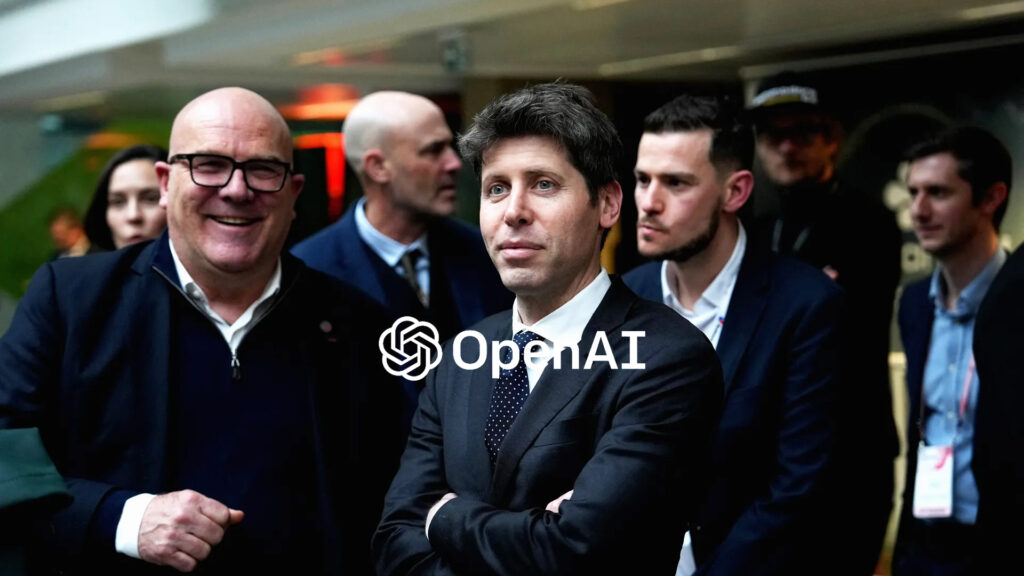









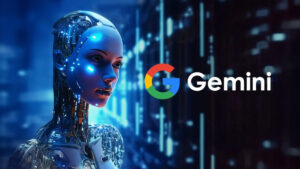












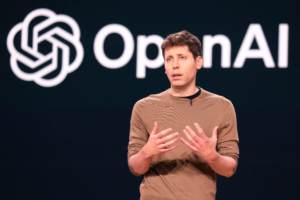


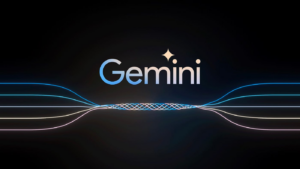

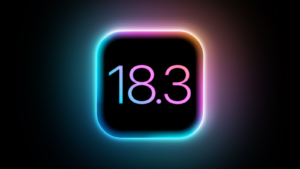






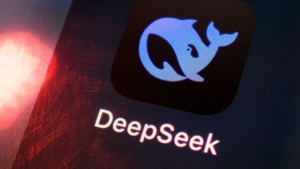
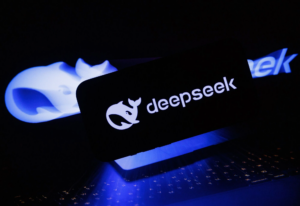



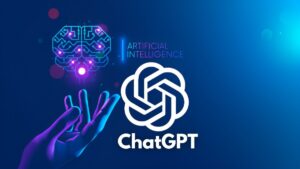







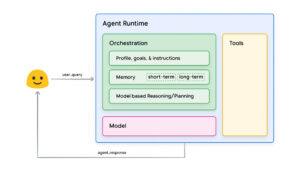



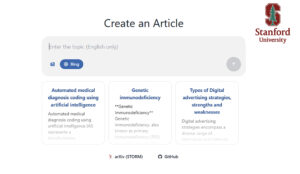


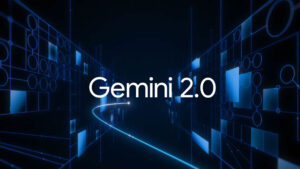




















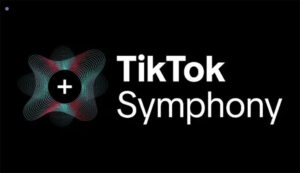


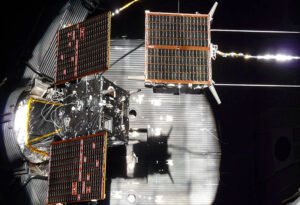





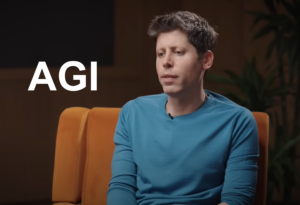
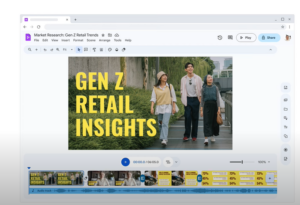





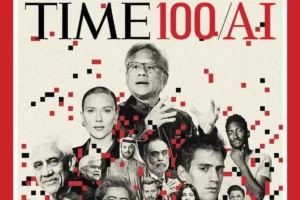












Validate your login
Sign In
Create New Account